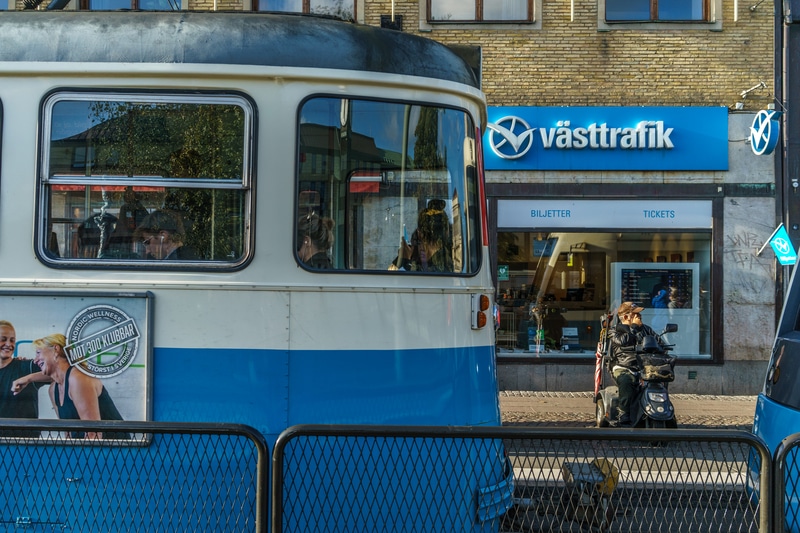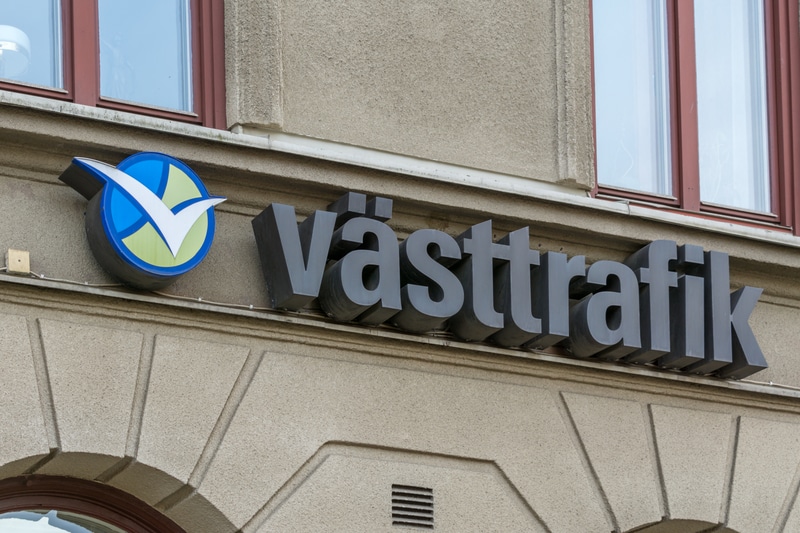
Article Highlights
Gothenburg transit authority Västtrafik spent SEK 40 million (US$3.7 million)–much of it for a no-bid contract addition for vendor Vix Technology–to roll out and operate open-loop payment over five years. The authority contends this project won’t be a waste of money, despite its planned new fare system.
The transit authority said that while it will spend SEK 40 million (US$3.7 million) on the Vix open-loop project, it will save more than 80% of that amount by being able to remove hundreds of ticket-vending machines on board trams. But many if not most of these TVMs were purchased only in 2015 and began operating in 2017, said sources.
• Västtrafik (Gothenburg)
• SL (Stockholm)
• Vix
• Access-IS
• Littlepay
• Mikroelektronika
• Swedbank
Earlier this month, Gothenburg transit authority Västtrafik launched open-loop payments, the fourth city in Sweden to do so, according to Vix Technology, the vendor that implemented the service on 4,500 upgraded validators on buses, trams and ferries in the city.





















